 W
WPeter Aufschnaiter was a Tyrolean mountaineer, agricultural scientist, geographer, and cartographer. His experiences with fellow climber Heinrich Harrer during World War II were depicted in the 1997 film Seven Years in Tibet.
 W
WOscar Baumann was an Austrian explorer, cartographer and ethnographer.
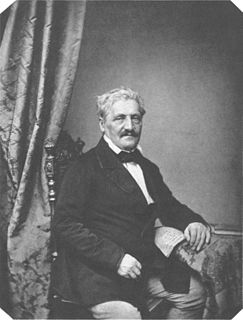 W
WJakob Philipp Fallmerayer was a German Tyrolean traveller, journalist, politician and historian, best known for his controversial and long-disproved discontinuity theory concerning the racial origins of the Greeks, and for his travel writings.
 W
WThaddeus Xaverius Peregrinus Haenke was a botanist who participated in the Malaspina Expedition, exploring a significant portion of the Pacific basin including the coasts of North and South America, Australia, the Philippines, New Zealand, and the Marianas. His collections of botanical specimens were the basis for the initial scientific descriptions of many plants in these regions, particularly South America and the Philippines. His extensive botanical work and far-ranging travel have prompted some to liken him to a "Czech Humboldt".
 W
WBaron Joseph Freiherr von Hammer-Purgstall was an Austrian orientalist and historian.
 W
WHeinrich Harrer was an Austrian mountaineer, sportsman, geographer, and author. He was a member of the four-man climbing team that made the first ascent of the North Face of the Eiger, the "last problem" of the Alps. He wrote the books Seven Years in Tibet (1952) and The White Spider (1959).
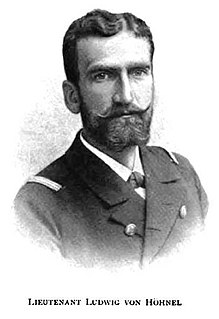 W
WLudwig Ritter von Höhnel was an Austrian naval officer and explorer. He was trained at the naval academy in Fiume, then part of the Austrian empire. His brother was the naturalist Franz Xaver Rudolf von Höhnel (1852–1920).
 W
WCharles von Hügel, sometimes spelt in English Huegel, was an Austrian nobleman, army officer, diplomat, botanist, and explorer, now primarily remembered for his travels in northern India during the 1830s. During his lifetime he was celebrated by the European ruling classes for his botanical garden and his introduction of plants and flowers from New Holland (Australia) to Europe's public gardens.
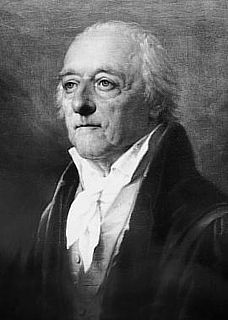 W
WNikolaus Joseph Freiherr von Jacquin was a scientist who studied medicine, chemistry and botany.
 W
WFelix König was an Austrian scientist, alpinist and Antarctic explorer. He was a member of Wilhelm Filchner's Second German Antarctic Expedition, 1911–13, which failed in its attempt to determine the nature of the link, if any, between the Weddell Sea and the Ross Sea, and thereby resolve the question as to whether the continent was a single landmass or a group of several elements. In the course of the expedition König, along with Filchner, was part of the group, that disproved the existence of the land known as New South Greenland, or "Morrell's Land", supposedly discovered in 1823 by the American sealer captain, Benjamin Morrell.
 W
WOskar Lenz was a German-Austrian geologist and mineralogist born in Leipzig.
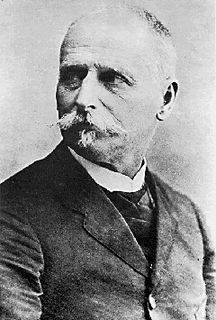 W
WTeobert Maler, later Teoberto was an explorer who devoted his energies to documenting the ruins of the Maya civilization.
 W
WErnst Marno was an Austrian explorer in East Africa. He traveled extensively through the Blue Nile area and the Sudanese-Ethiopian borderland, as well as Kordofan and southern Sudan. His experiences were narrated in two books. He offers information about the Nilo-Saharan populations of the area before the colonial occupation of Sudan by the British Empire. He himself married a Dinka, who had converted to Catholicism. From 1878 on, he was based in Fashoda as an officer at the service of Egypt and later he was appointed governor of the Sudanese cities of Famaka and Fazogli. During his stay in Sudan he met other European explorers, like Romolo Gessi and Juan Maria Schuver. He died in Khartoum of illness.
 W
WAlfred Merz was an Austrian geographer, oceanographer and director of the Institute of Marine Science in Berlin. He died of pneumonia in Buenos Aires while on an expedition to survey the South Atlantic and is buried in Perchtoldsdorf. Merz Peninsula is named after him.
 W
WJohann Natterer was an Austrian naturalist and explorer.
 W
WJulius Johannes Ludovicus Ritter von Payer, ennobled Ritter von Payer in 1876, was an officer of the Austro-Hungarian Army, mountaineer, arctic explorer, cartographer, painter, and professor at the Theresian Military Academy. He is chiefly known for the Austro-Hungarian North Pole expedition in 1872–74 and the discovery of Franz Josef Land.
 W
WIda Laura Pfeiffer, née Reyer, was an Austrian explorer, travel writer, and ethnographer. She was one of the first female travelers, whose bestselling journals were translated into seven languages. She journeyed an estimated 32,000 kilometers by land and 240,000 kilometers by sea through Southeast Asia, the Americas, Middle East, and Africa, including two trips around the world from 1846 to 1855. She was a member of geographical societies of both Berlin and Paris, but was denied membership by the Royal Geographical Society in London as it forbade the election of women before 1913.
 W
WJoseph Francis Charles Rock was an Austrian-American botanist, explorer, geographer, linguist, ethnographer and photographer.
 W
WKarl Ritter von Scherzer was an Austrian explorer, diplomat and natural scientist.
 W
WFranz de Paula Adam Norbert Wenzel Ludwig Valentin von Waldstein was an Austrian soldier, explorer and naturalist.
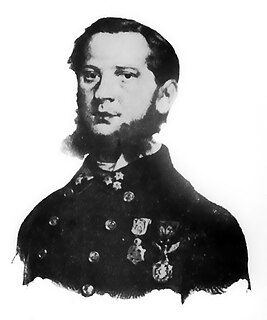 W
WHeinrich Wawra Ritter von Fernsee, born Jindřich Blažej Vávra, was a Czech-Austrian ship surgeon, botanist and explorer.
 W
WFriedrich Martin Josef Welwitsch was an Austrian explorer and botanist who in Angola discovered the plant Welwitschia mirabilis. His report received wide attention among the botanists and general public, comparable only to the discovery of two other plants in the 19th century, namely Victoria amazonica and Rafflesia arnoldii.
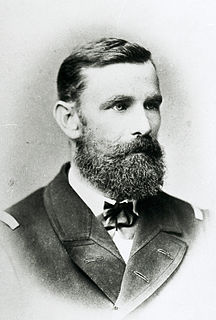 W
WKarl Weyprecht, also spelt Carl Weyprecht, was an Austro-Hungarian explorer. He was an officer in the Austro-Hungarian Navy. He is most famous as an Arctic explorer, and an advocate of international cooperation for scientific polar exploration. Although he did not live to see it occur, he is associated with the organisation of the first International Polar Year.